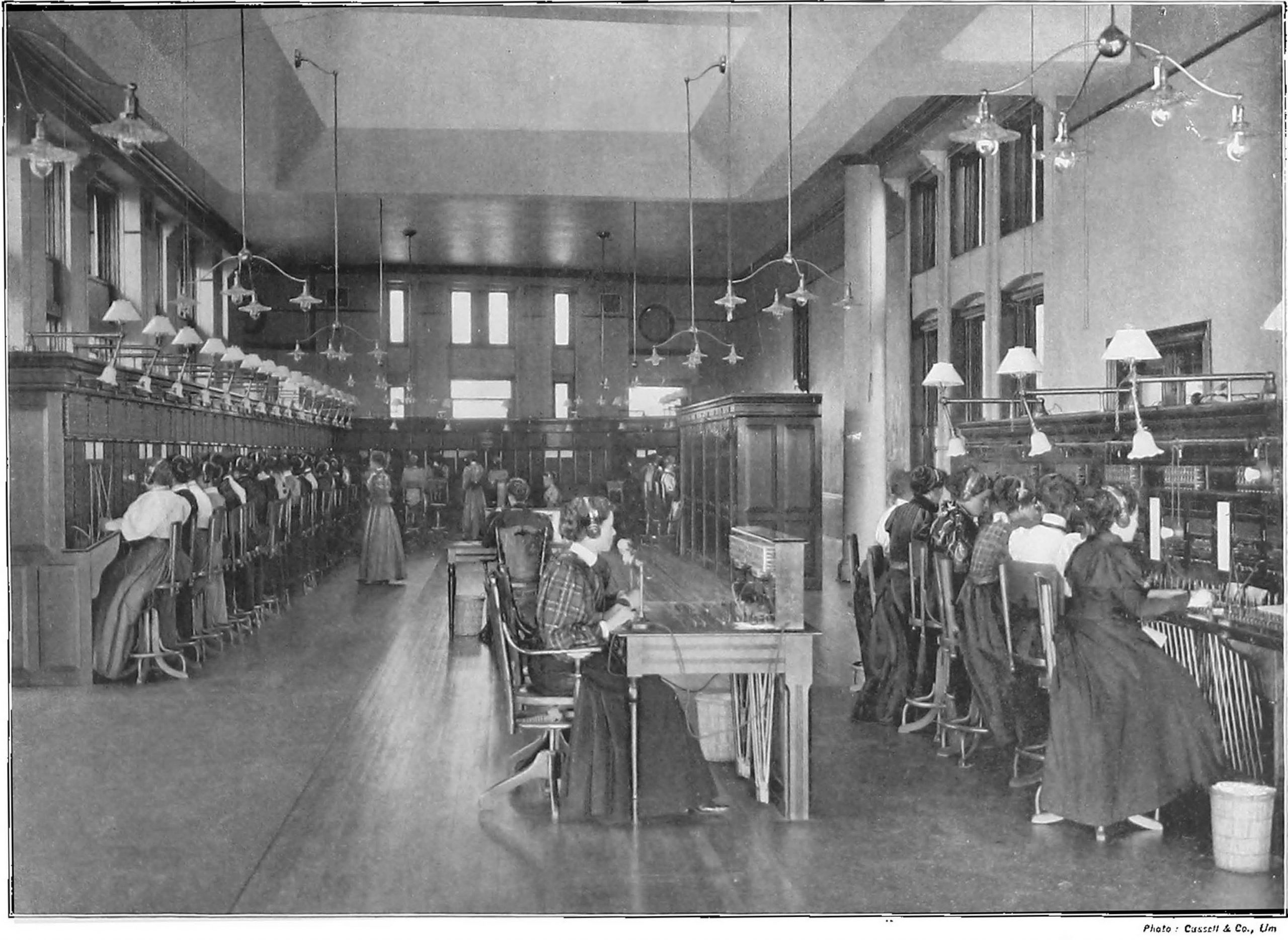Get The Most Out Of SAP Business One You have been using SAP Business One for some time; it could be months or years – but are you getting the most out of your system? Here are a list of questions to ask yourself: Are…
Tag: SAP Business One
I have been asked this on site a few times over the last few months and thought it worthwhile to post the answer for anyone looking for an answer. Question: Is it possible to change the order of the User Defined Fields (UDFs) in SAP…
Exciting times at 1 Dash 1. Over the last 2 weeks we have been assisting an Oil industry client by building a Production Process solution to enable them to work more efficiently and provide their customers with the best service possible by ensuring that their…
SAP Business One SQL Prompt Variables /* SELECT FROM [dbo].[OSLP] T1 */ declare @slpName as varchar(155) /*WHERE*/ set @SlpName = /* T1.SlpName */ ‘[%0]’ /* SELECT FROM [dbo].[OCRD] T2 */ declare @CardCode as varchar(15) /* WHERE */ set @CardCode = /* T2.CardCode */ ‘[%1]’ …
Exciting times! Our SAP Business One support lines are now open! SAP Business One Support What’s included in our support services? Telephone Support Email Support Remote Access Support Ad Hoc Support Prices Only £37.50 + VAT per support call* Monthly Support Just £500 + VAT…
An SAP Business One Stock Report with All Items The following stock report will display all Items with or without quantities in Stock. select t0.ItemCode, t1.ItemName, isnull(t3.OnHandQty,0) as ‘In Stock’, t2.BinCode, t2.SL1Code, t2.SL2Code from OITW T0 inner join OITM t1 on t0.ItemCode = t1.ItemCode…
Shared by Owen Slater on the SCN SAP Business One SQL Batch or Serial Number Quantities in a specific Bin Location declare @WhsCode nvarchar(9), @ItemCode nvarchar(21), @BinLocation nvarchar(228) set @WhsCode = ’01’ set @ItemCode = ‘B10000’ set @BinLocation = ’01-ABC’ select T0.BinAbs, T0.ItemCode, T2.onHandQty, T4.DistNumber, T4.MnfSerial,…
This is a short and to the point Crystal Reports post to assist anyone trying to count the number of Groups in a report. If you are using Crystal Reports you will know that the Summary does not work on Groups. We hope you find…
SAP Business One 9.0 Business Accounting System SAP Business One 9.0 Advanced GL Account Determination SAP Business One 9.0 provides a flexible and centralised system to manage inventory G/L account determination. With the advanced G/L determination rules, you can assign inventory G/L accounts by item…
SAP Business One Missing Months / Periods in Reports Have you run a Balance Sheet, Profit and Loss or Trial Balance in B1 V8.1, 8.2 or a recently upgraded V9 and discovered that you are missing periods or months from the report? Weird, eh? It…

